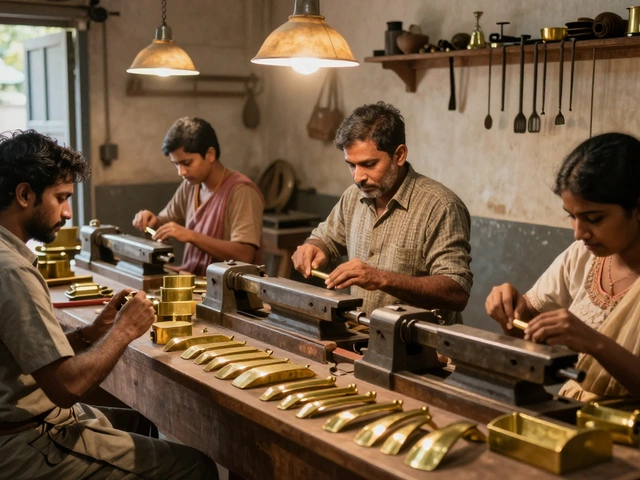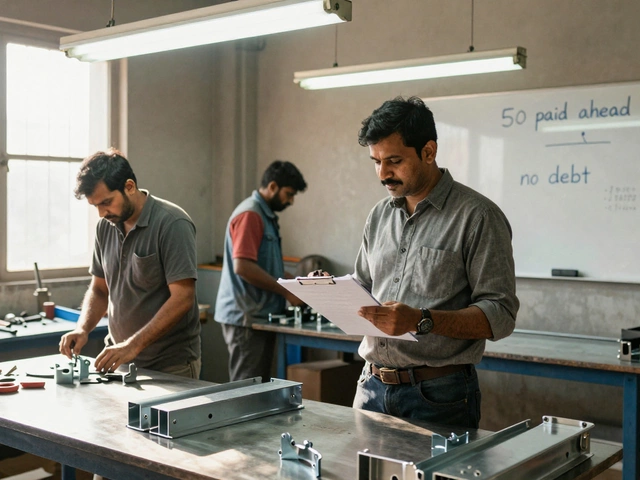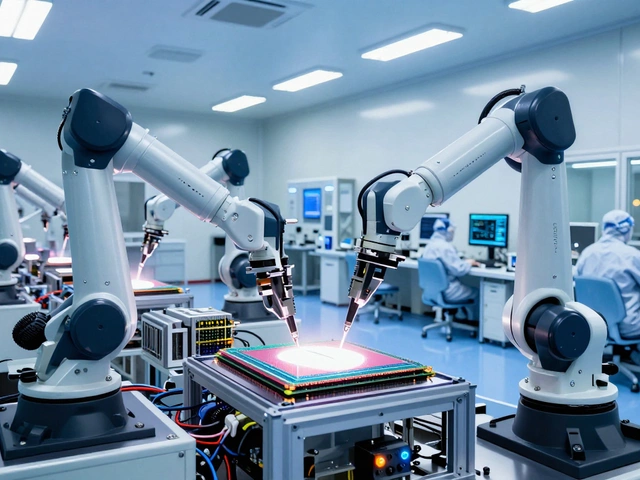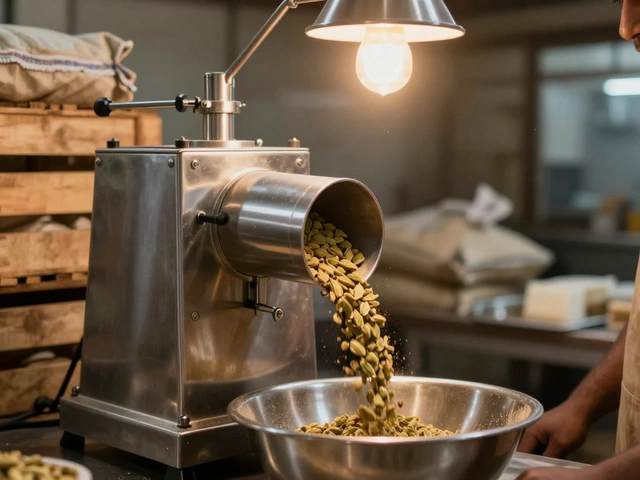US State Manufacturing Insights: What You Need to Know
When you think about manufacturing in the United States, you probably picture big factories, cutting‑edge tech, and a huge workforce. But the real story lives in the details of each state’s strengths, challenges, and opportunities. Below we break down the most useful facts, from the latest global ranking to practical steps you can take if you’re planning to start or expand a plant.
How the US Stands in Global Manufacturing
Recent data shows the United States holds the #2 spot worldwide, trailing only China in overall output. The gap isn’t just about volume; it’s about value‑added production, high‑tech goods, and export quality. States like Michigan, Texas, and California drive most of that performance. Knowing where the country ranks helps you gauge market potential and decide which state offers the best fit for your product line.
Top States for Different Manufacturing Segments
Automotive: Michigan remains the motor‑city of the world, with an ecosystem of suppliers, skilled labor, and R&D hubs. Texas is catching up thanks to incentives for electric‑vehicle assembly.
Pharma & Biotech: Massachusetts and New Jersey host the highest concentration of drug manufacturers, biotech startups, and research institutions. If you’re looking at APIs or vaccine production, these states offer a ready‑made supply chain.
Electronics: California’s Silicon Valley still leads in semiconductor design, while Georgia is emerging as a hub for printed‑circuit board assembly due to lower costs and strong logistics.
If you’re deciding where to locate a new plant, match your product’s niche with the state that already has the infrastructure you need. This reduces set‑up time and cuts hidden costs.
Another practical tip: watch out for state‑specific incentives. Many states publish grant programs, tax credits, and workforce training funds on their economic‑development websites. For example, Ohio’s “JobsOhio” initiative offers up to $500,000 for equipment purchases in advanced manufacturing.
Don’t forget about logistics. Access to ports, rail lines, and highways can make or break your supply chain efficiency. A plant in the Gulf Coast gets cheaper sea freight, while a facility near the Midwest rail hub can move raw materials across the country at lower cost.
Labor availability is another key factor. States with strong community‑college programs in welding, CNC machining, and automation produce a steady pipeline of technicians. Look for regions where apprenticeship programs are funded by both industry and state agencies.
Finally, consider the regulatory environment. Some states have stricter environmental standards that could affect your permitting timeline. Knowing the local rules in advance helps you avoid surprises and keeps your project on schedule.
By aligning your manufacturing goals with the strengths of the right US state, you not only boost profitability but also tap into a network of suppliers, talent, and support that can accelerate growth. Use the insights above as a checklist when you scout locations, and you’ll make a more informed decision faster.
What US State is Known as Steel City?
Known as 'Steel City,' Pittsburgh in Pennsylvania has a rich history of steel manufacturing. At one point, this city produced more steel than any other place in the world. The steel industry shaped its economy, culture, and skyline. Today, though manufacturing has declined, the legacy of steel is embedded in Pittsburgh’s identity.
Read More




